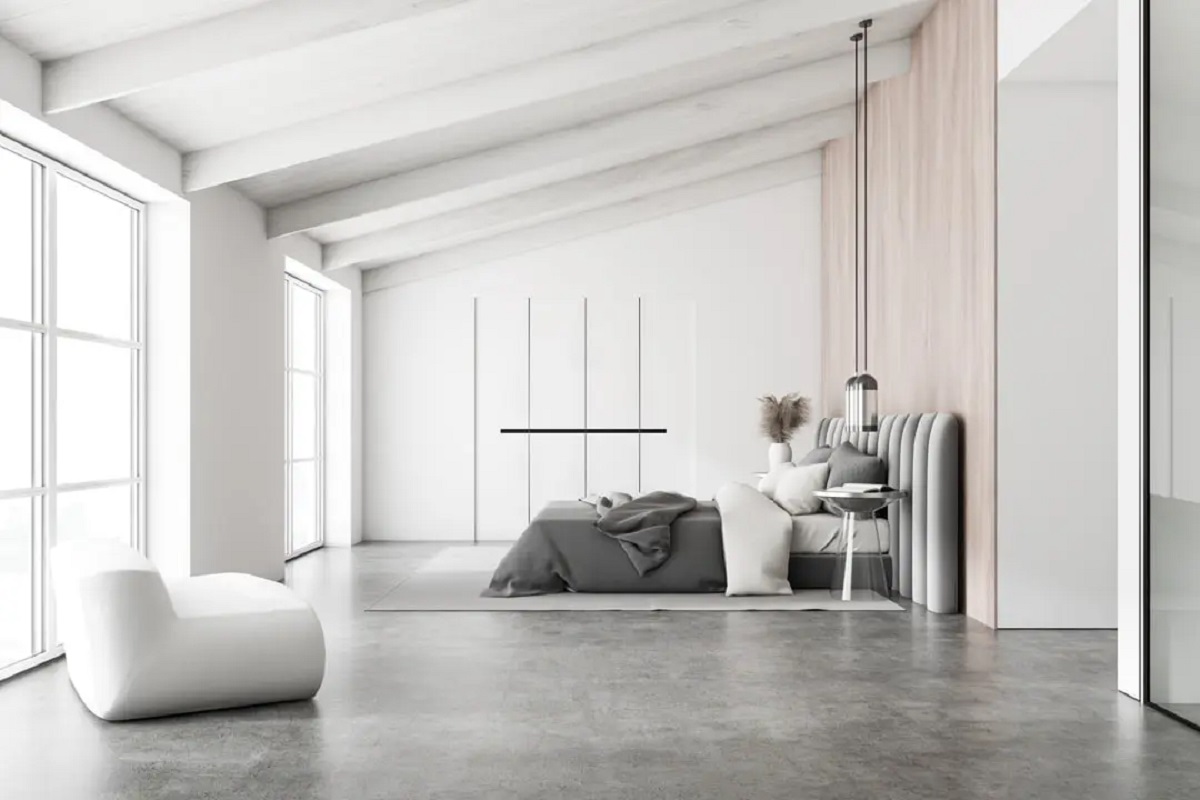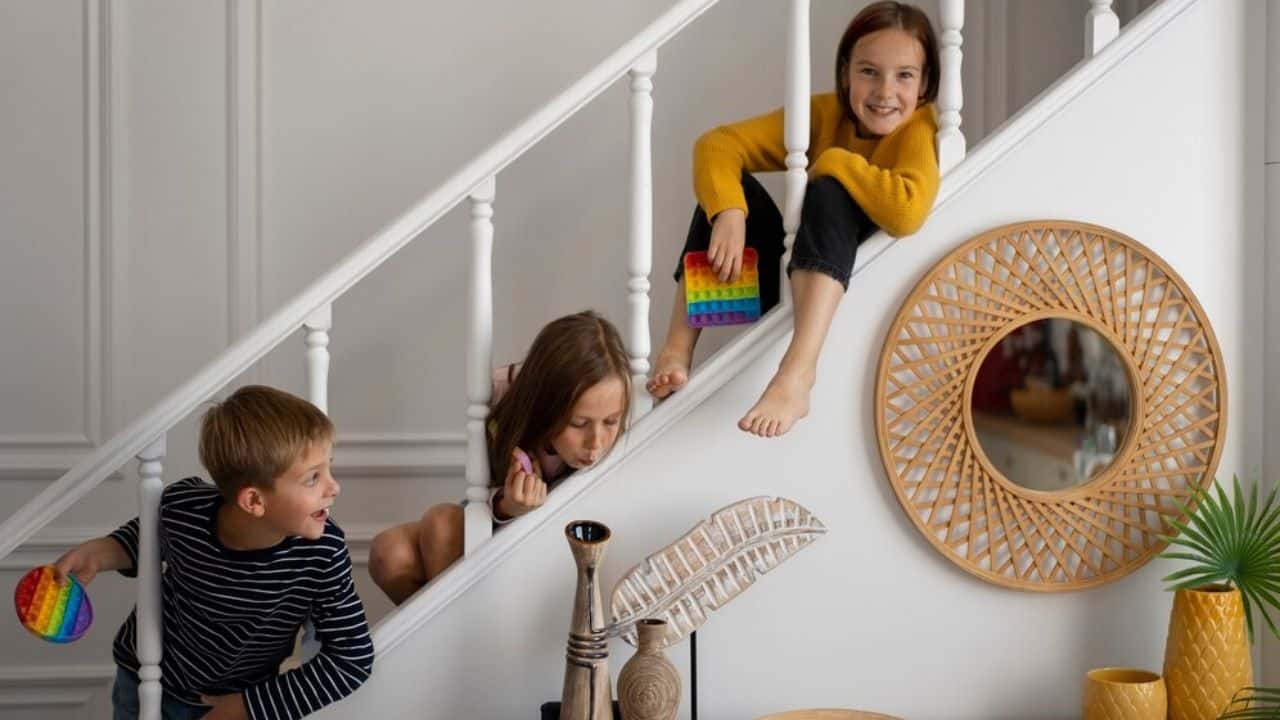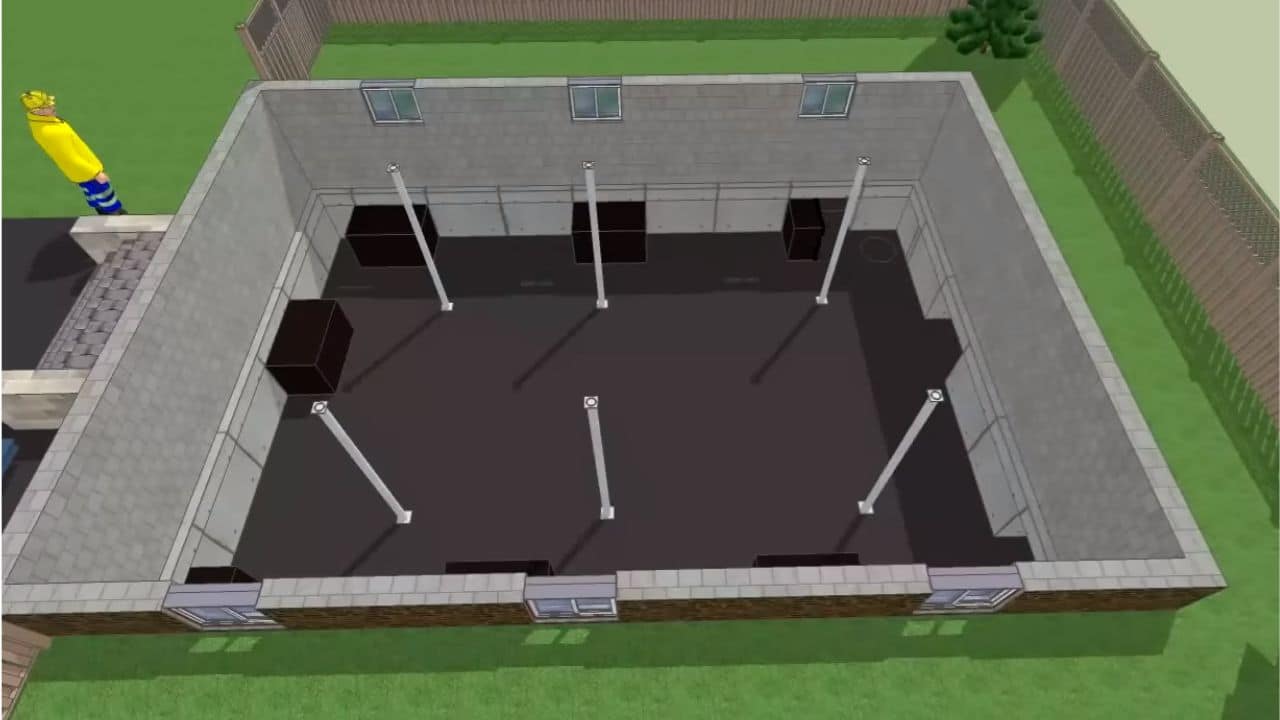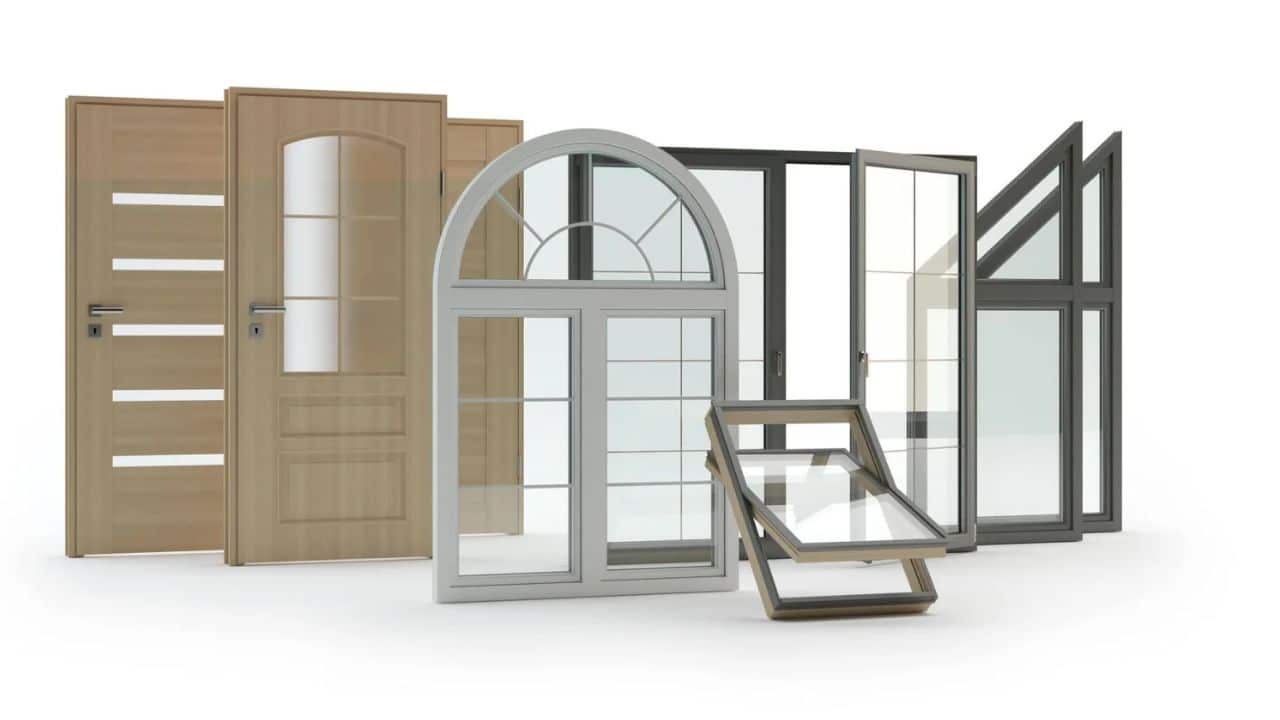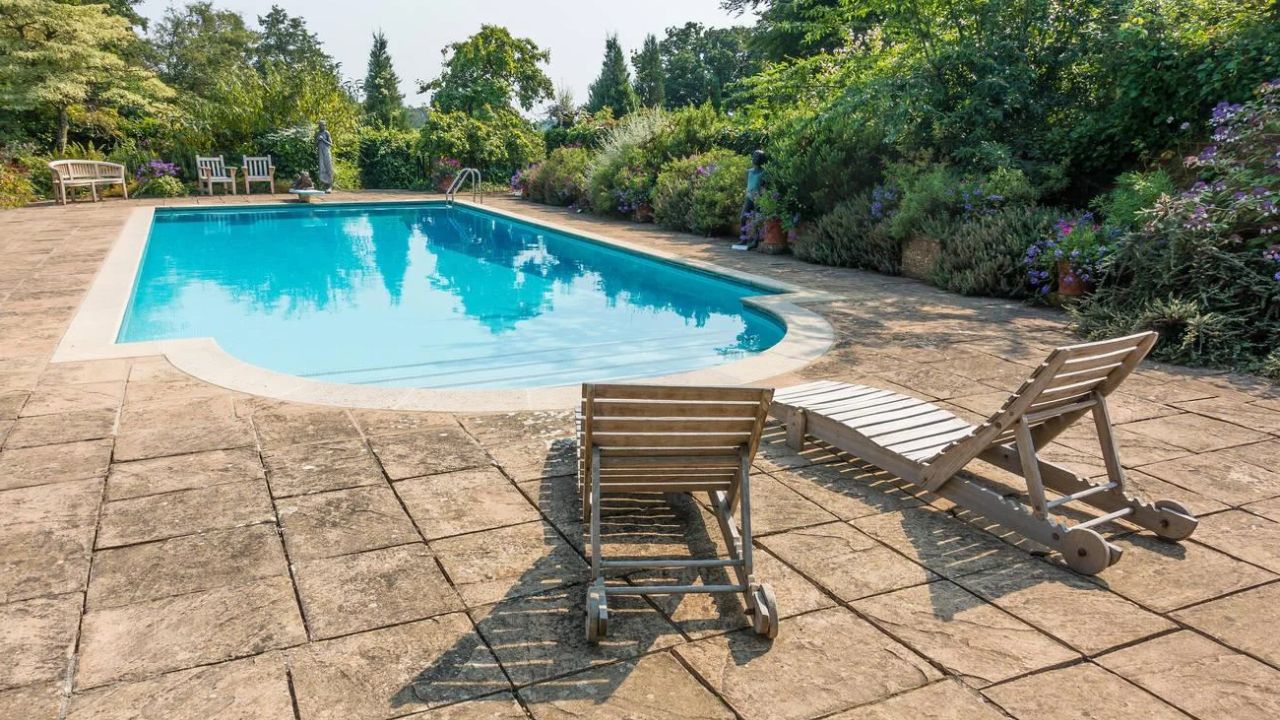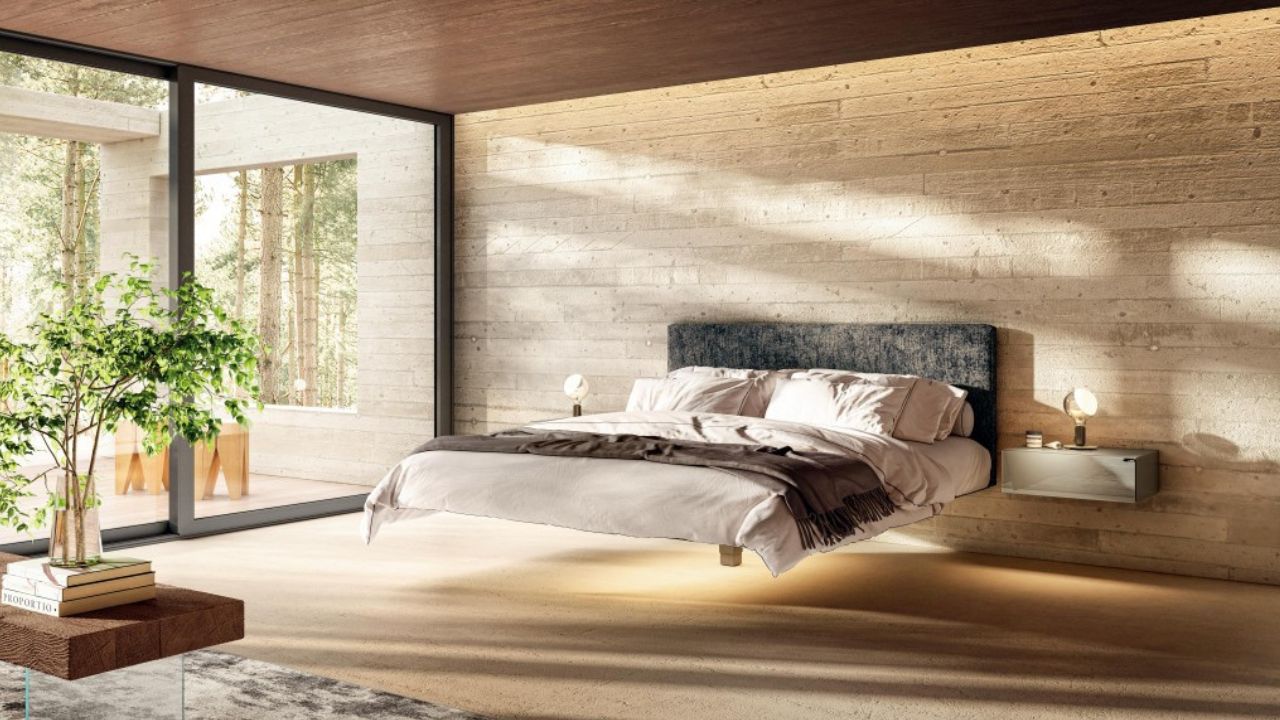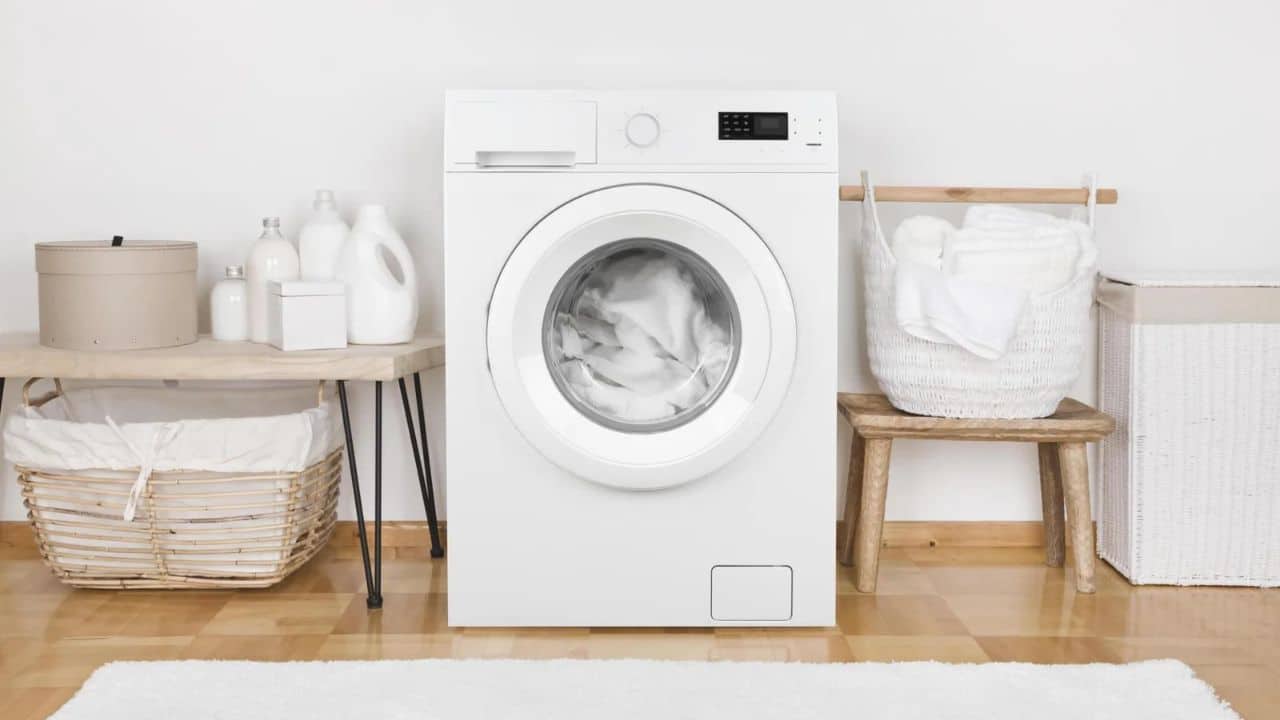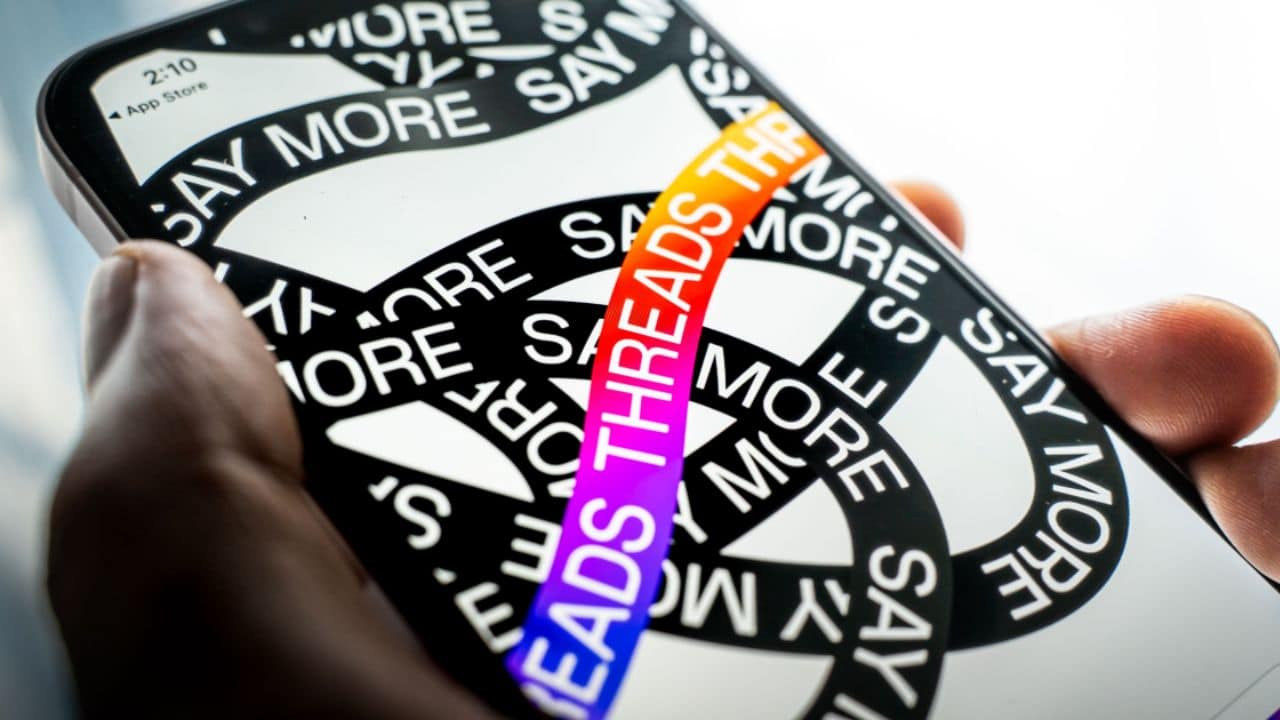Microcement (also known as micro-aggregate cement) is a composite material used as an alternative to traditional concrete, which provides weight savings and durability at the same time. Microcement has become popular in recent years because of its lighter weight, higher strength, and better insulation properties than normal concrete. But not all microcements are created equal; there are five main types of microcement that you can purchase from a Microcement Supplier UK but you should know about if you’re going to consider using this lightweight material in your next project. Here’s what each one has to offer.
1) Microbase
Microbase is a type of microcement that is often used as a base layer for other types of microcement. It is applied using a trowel and is typically about 3mm thick. Once dry, it can be sanded and painted to create a smooth, finished surface. You can also use it in conjunction with fiberglass-reinforced mortar to strengthen the concrete. While this may seem like an odd choice at first, you should know that many city sidewalks are made from this type of material. The biggest difference between these two products is that microbase is thinner than reinforced mortar. So while they’re both types of microcement, they’re meant for different purposes. For example, if you need something that will support heavy weight or constant foot traffic, then reinforced mortar is your best bet.
2)Microstone
Microstone is a type of microcement that is composed of finely ground stone aggregate. It is mixed with water and applied as a thin layer to surfaces. Once dry, it can be polished to create a smooth, high-gloss finish. Microstone is ideal for use in bathrooms and kitchens as it is waterproof and highly durable. It is also heat resistant, making it ideal for use on fireplace surrounds. However, the color may vary depending on the pigment added during production. The advantages of using this product are that it is aesthetically pleasing, non-porous, and provides good sound absorption properties. Additionally, it can be used on exterior surfaces such as concrete or stucco without the concern of damaging the surface. The disadvantages include having an inconsistent texture and being more expensive than other forms of microcement.
3) Microdeck
Microdeck is a type of microcement that’s a little less durable than the other options. It’s water resistant, but the surface is not strong enough to withstand sharp objects. The good news is that it requires less maintenance than cement and lasts for up to 5 years before you’ll need to resurface it. if you’re looking for something that won’t require a lot of work or investment to keep your home clean, then this might be the best option for you. It also has a very natural look which will make your home feel warm and inviting. Due to its low durability, Microdeck is usually used indoors on walls and countertops. If you’re looking for something that doesn’t require much maintenance, then this might be a great choice.
4) Microfino
Microfino is a type of microcement that is often used for decorative purposes. It is available in a variety of colors and can be used to create interesting patterns and designs. When it dries, it takes on the appearance of natural stone. The application process is very similar to traditional cement, which makes it easy for contractors who are not familiar with microcement to use. As a bonus, it is water resistant, so when applied correctly you won’t have to worry about staining from humidity or spills. For this reason, it’s great for outdoor applications like patios and walkways. However, if you need your project to be extra durable, then you might want to consider one of the other four types of microcement. Common uses for these include countertops, flooring, walls, and more.
5)Acquacement
is a type of microcement that is used for interior and exterior design. It is comprised of a blend of cement, water, and aggregate (typically sand). Acquacement dries quickly and has a porous finish that is ideal for absorbing sound waves. The surface also stays cleaner because dirt cannot get into the tiny pores on the surface. Additionally, the mix contains no hazardous materials or volatile organic compounds (VOCs) which makes it environmentally friendly. However, this material does not have as much insulation value as some other types of microcements.
Conclusion
If you want to make your home more environmentally friendly, microcement is a great option. It also provides you with a durable, low-maintenance surface that you can use for any project. With so many different brands and types of this material available, it can be hard to choose the right one. To help you out, we’ve broken down five popular types of microcement. From these descriptions, hopefully, you’ll find the perfect product for your needs.

